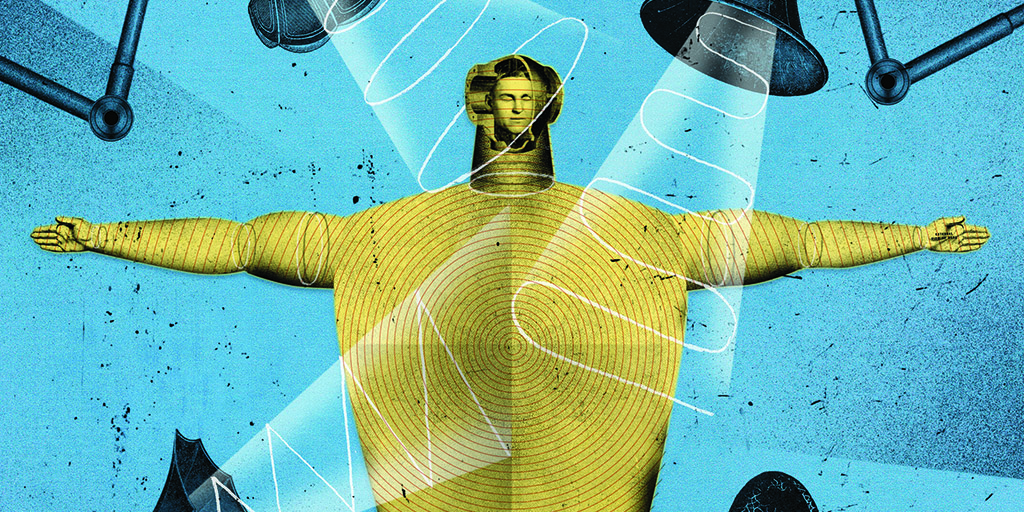In the labs of five Stanford researchers, the subtleties of sound come to the aid of science, making critical -- and sometimes unlikely -- contributions to new technologies, medical applications and population health far and wide.
I recently wrote a story for the spring issue of Stanford Medicine that detailed these research endeavors, showing how acoustic waves can shape heart tissue and how a special software helps track down mosquito populations by "listening" to their hum, among other resonating examples of sound-supported science.
In an example where listening is key, Manu Prakash, PhD, assistant professor of bioengineering, traipsed around the globe to capture cell phone recordings of signature 'hums' of various mosquito species.
His vision: build a 'soundscape' that maps the global whereabouts of these voracious vectors and provide details about the diseases they can carry -- Zika, malaria, dengue and the like. It may seem lofty, but Prakash asserts that all he needs is an avid user base with access to cellphones ('dumb' phones like a flip phone make the cut).
In a separate case, where audible sound is subdued, Amin Arbabian, PhD, an assistant professor of electrical engineering, takes a silent approach to powering a chip that's implanted in the body and carries out different medical tasks (such as monitoring blood pressure, or administering tiny amounts of therapeutics).
The goal, [Arbabian] says, is to create an active 'smart' chip or a distributed network of smart chips to not only execute specific commands, but also to monitor physiological parameters and transmit useful data about the patient. This information, on such things as insulin levels or blood pressure, is sent to an external device, where doctors can access it. In that vein, Arbabian and his lab team are working toward a closed-loop system in which the implant is self-sustaining and can run seamlessly in the body, without constant instruction.
Interested in more examples showcasing the harmony of sound and science? The full magazine story also details research in which brain waves are turned into sound and acoustic waves shepherd heart cells into various shapes conducive to tissue engineering.
Illustration by David Plunkert




